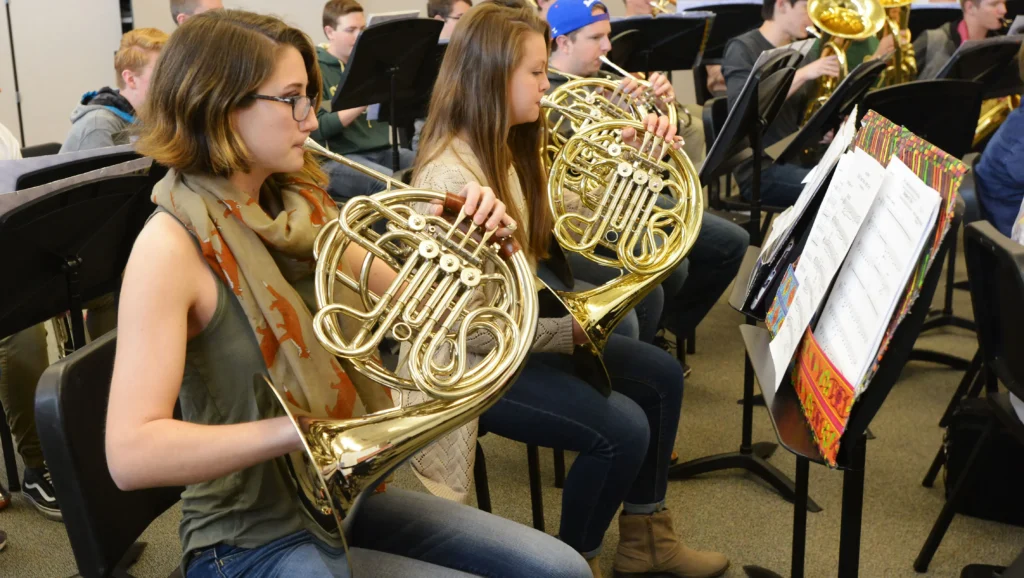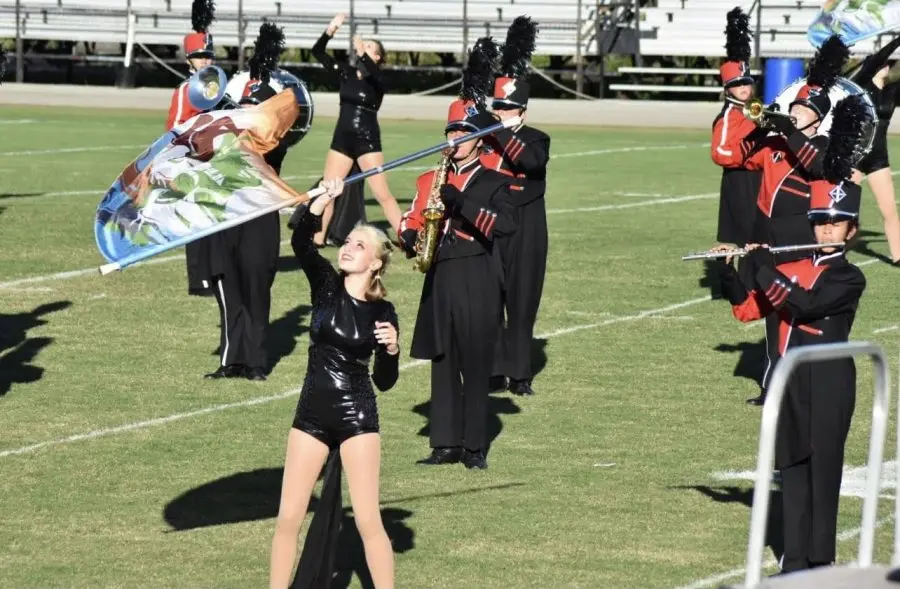Introduction
Joining a high school marching band is a rewarding experience, combining music, teamwork, and personal growth. However, the costs associated with participating can be surprising to many families. From uniforms to travel expenses, the financial commitment varies widely depending on the school and its funding model. Understanding these costs and how to manage them is crucial for ensuring every student has the opportunity to be part of this enriching journey. Read on to uncover what to expect and how to navigate the financial aspects of marching band participation.
How Marching Bands are Funded
High school marching bands rely on a variety of funding sources to cover expenses. These funding methods can differ significantly from one school to another, reflecting the diversity in community resources and support structures.
- School District Support: Many schools allocate part of their budget to marching bands, covering basic costs like instruments, transportation, and instructor salaries. However, the extent of this funding often depends on the school district’s priorities and financial health.
- Role of Booster Clubs and Parent Associations: Booster clubs and parent groups play a crucial role in providing additional funds. These organizations organize events, collect donations, and work tirelessly to ensure the band has the resources it needs.
- Fundraising Activities and Events: Fundraising is a cornerstone of marching band financing. Students and parents may sell products, organize car washes, or host community events to raise money. These efforts often offset individual fees and other program expenses.
Common Expenses for Families
Families of marching band members often shoulder a variety of costs that can add up quickly. While some schools cover a portion of these expenses, others pass them directly to students.
- Uniforms and Equipment: Marching band uniforms are often custom-designed and require regular maintenance. Additionally, students may need to purchase or rent instruments, gloves, and other accessories.
- Travel and Competition Costs: Bands frequently travel for performances, competitions, and parades. Costs for transportation, lodging, and meals can significantly impact a family’s budget.
- Miscellaneous Fees: Families might also face fees for band camps, sheet music, or specialized lessons to refine their skills.
Exploring Financial Assistance Options
For families concerned about costs, there are several avenues to seek financial assistance.
- Scholarships and Grants: Some schools and organizations offer scholarships for students who demonstrate financial need or exceptional talent. These can help reduce or eliminate participation fees.
- School-Provided Subsidies: In some cases, schools may provide subsidies for students who cannot afford to pay. Speaking with school administrators or band directors is a good first step.
- Community Support and Donations: Local businesses, alumni, and community organizations often contribute funds or sponsor students. Don’t hesitate to explore these opportunities.
Tips for Managing Marching Band Costs
Planning and proactive steps can make the financial commitment of marching band more manageable.
- Budgeting for the Season: Start by listing all potential expenses and setting aside funds throughout the year. Knowing what to expect can prevent last-minute financial stress.
- Fundraising Strategies for Students and Parents: Involve the entire family in fundraising activities. Selling items, hosting events, or leveraging online platforms can help cover costs effectively.
- Seeking Discounts or Used Equipment: Look for second-hand instruments or uniforms to save money. Many online marketplaces and local communities offer pre-owned options in excellent condition.
Making Marching Band Accessible for All
While high school marching band participation can come with financial challenges, it’s a rewarding experience worth investing in. By understanding funding models, preparing for costs, and seeking assistance when needed, families can ensure that their students thrive in this vibrant activity. With careful planning and community support, marching bands can remain accessible to all students, regardless of financial background.








